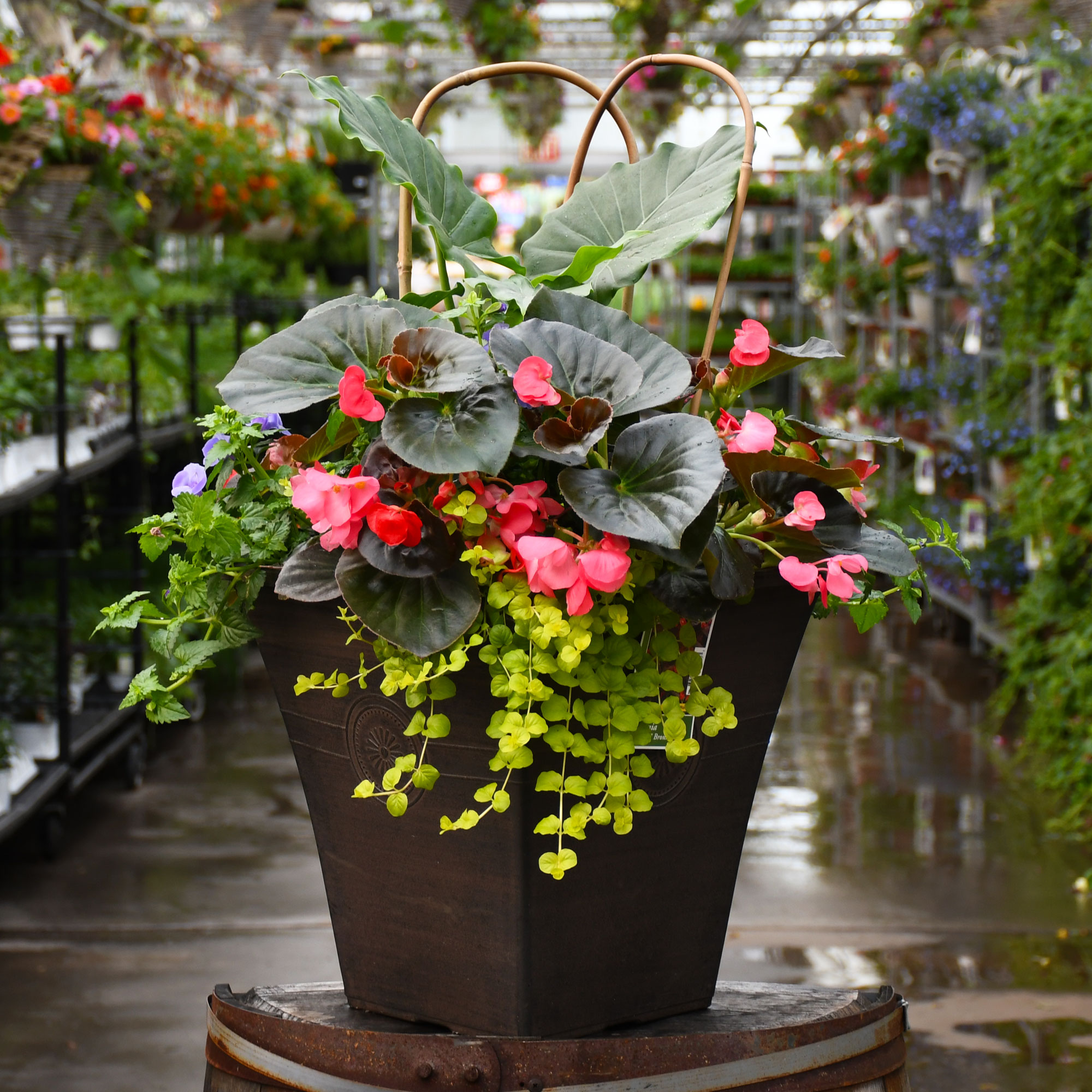Salvia, Lighthouse 'Red'



Out of stock
Sold out for the season, check back in the Spring!- Sun Preference
- Full-Sun, Part-Sun
Description
A beacon in the garden, producing large spikes of bright red blooms all season; a beautiful addition to borders or containers with its dense and bushy form, looks fantastic in containers
The 'Red' variety of Lighthouse Salvia grows best in full sun to partial shade.
This spring plant will grow to be 24 to 30 inches high, and will spread approximately 10 to 12 inches when fully matured.
Direct from the Grower
When you see the Gerten Grown logo on our annuals, you know you're getting a fresh plant directly from our greenhouse. We've been perfecting our growing process for over four generations and pride ourselves on providing local quality and freshness to our customers. Better pricing on better quality plant material, that's Gerten Grown.
Details
Height: 30 inches
Spacing: 12 inches
Sunlight: ![]()
Hardiness Zone: (annual)
Other Names: Ornamental Sage, Tropical Sage
Description:
A beacon in the garden, producing large spikes of bright red blooms all season; a beautiful addition to borders or containers with its dense and bushy form, looks fantastic in containers
Ornamental Features
Lighthouse Red Sage has masses of beautiful spikes of red tubular flowers rising above the foliage from late spring to early fall, which are most effective when planted in groupings. The flowers are excellent for cutting. Its attractive pointy leaves remain dark green in color throughout the season. The fruit is not ornamentally significant.
Landscape Attributes
Lighthouse Red Sage is an herbaceous annual with an upright spreading habit of growth. Its relatively fine texture sets it apart from other garden plants with less refined foliage.
This is a relatively low maintenance plant. Trim off the flower heads after they fade and die to encourage more blooms late into the season. It is a good choice for attracting bees, butterflies and hummingbirds to your yard, but is not particularly attractive to deer who tend to leave it alone in favor of tastier treats. It has no significant negative characteristics.
Lighthouse Red Sage is recommended for the following landscape applications;
- Mass Planting
- Border Edging
- General Garden Use
- Container Planting
Planting & Growing
Lighthouse Red Sage will grow to be about 24 inches tall at maturity, with a spread of 14 inches. When grown in masses or used as a bedding plant, individual plants should be spaced approximately 12 inches apart. Although it's not a true annual, this plant can be expected to behave as an annual in our climate if left outdoors over the winter, usually needing replacement the following year. As such, gardeners should take into consideration that it will perform differently than it would in its native habitat.
This plant should only be grown in full sunlight. It is very adaptable to both dry and moist locations, and should do just fine under typical garden conditions. It is not particular as to soil type or pH. It is somewhat tolerant of urban pollution. This is a selected variety of a species not originally from North America. It can be propagated by division; however, as a cultivated variety, be aware that it may be subject to certain restrictions or prohibitions on propagation.
Lighthouse Red Sage is a fine choice for the garden, but it is also a good selection for planting in outdoor pots and containers. With its upright habit of growth, it is best suited for use as a 'thriller' in the 'spiller-thriller-filler' container combination; plant it near the center of the pot, surrounded by smaller plants and those that spill over the edges. Note that when growing plants in outdoor containers and baskets, they may require more frequent waterings than they would in the yard or garden.
More Information
| Gerten Grown Plants | Gerten Grown Plants |
|---|---|
| Common Family Name | Salvia |
| Sun Preference | Full-Sun, Part-Sun |
| Plant Life Cycle | Annual |
| Mature Height (Range) | 25" - 36" |
| Mature Spread (Range) | Under 12" |


